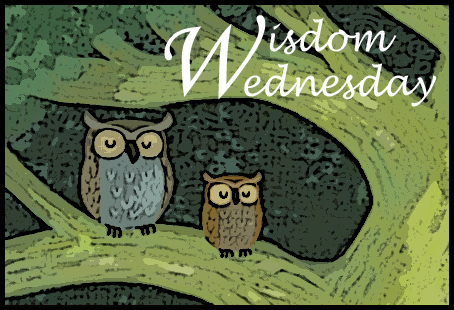root n. 1 Part of a plant that provides support, draws water and nourishment, and stores food.
2 Source of action. 3 An essential part.
Let's review what I've addressed in separate blog posts about how to achieve optimum wellness. I believe there are four essential parts to being healthy. I call them roots. If you make healthy choices in each root area, you will achieve optimum wellness—feeling supported, watered, nourished and full of energy.
The four roots of optimum wellness are diet, exercise, sleep and attitude.
Root One: Diet
It is not a coincidence that disease is on the increase at the same time our diets consist of more artificial and sugar-ladden ingredients, meats and dairy laced with antibiotics and hormones. Cancer has now become the number one killer. And, its a big money maker for the health and pharmaceutical industries.
The four roots of optimum wellness are diet, exercise, sleep and attitude.
Root One: Diet
It is not a coincidence that disease is on the increase at the same time our diets consist of more artificial and sugar-ladden ingredients, meats and dairy laced with antibiotics and hormones. Cancer has now become the number one killer. And, its a big money maker for the health and pharmaceutical industries.

















